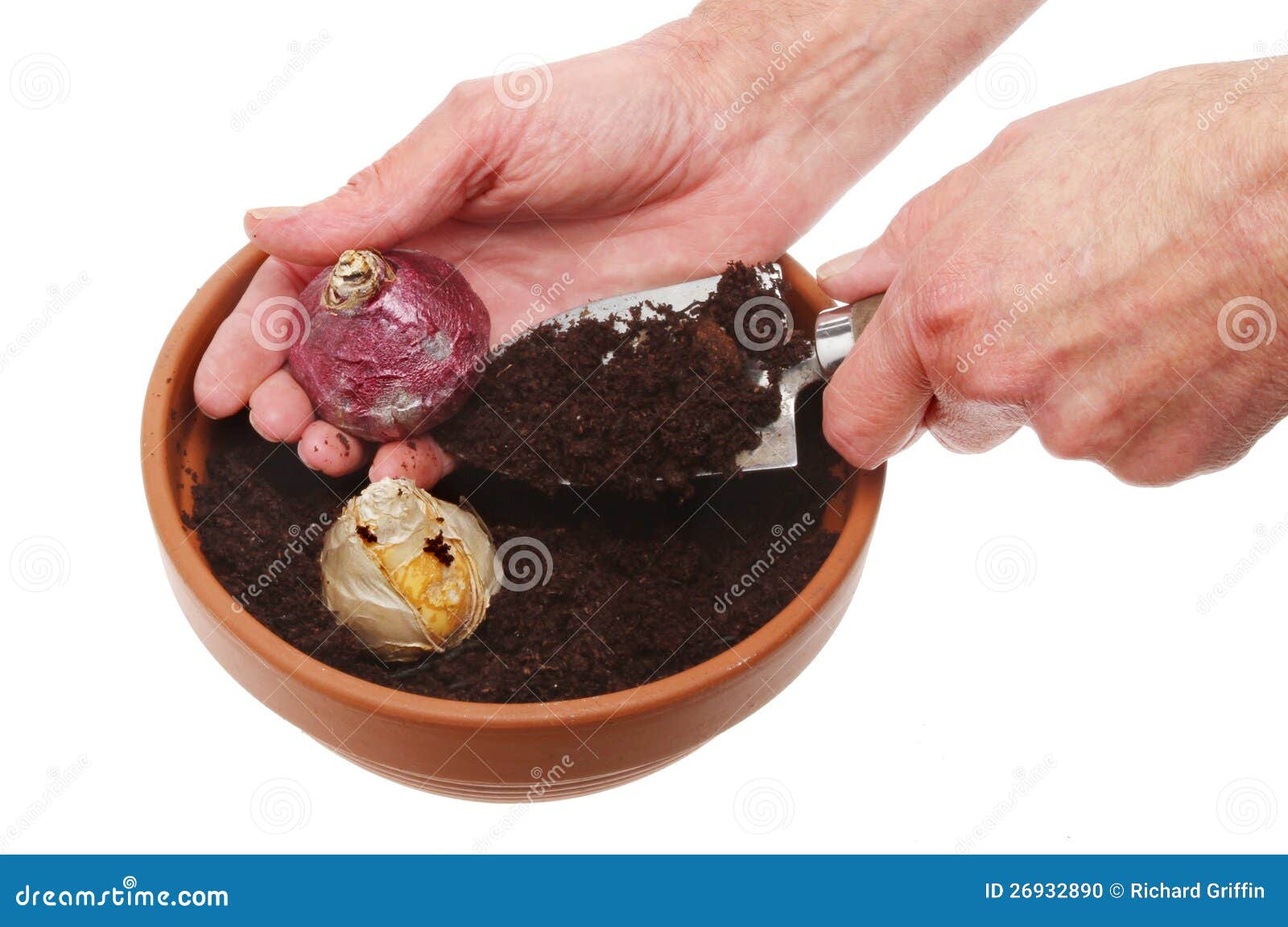Planting Hyacinth Bulbs: A Guide To Timing For Peak Blooms

Table of Contents
Understanding Hyacinth Bulb Planting Seasons
Planting hyacinth bulbs at the right time is paramount for successful spring blooms. Hyacinths need a period of cool temperatures to develop strong roots before the spring thaw. This chilling period allows the bulbs to establish themselves and build the energy reserves necessary for producing a vibrant flowering display. Therefore, the best time to plant hyacinth bulbs is in the fall, typically between September and November for most regions. However, the exact timing varies depending on your location and the first expected frost date.
Regional variations in planting times are significant. The USDA Plant Hardiness Zone map is a valuable tool to determine the ideal planting window in your area. Generally, planting should occur six to eight weeks before the ground freezes solid. This ensures the bulbs have enough time to establish roots before winter sets in.
- Fall planting (September-November in most regions): This allows sufficient time for root establishment.
- Cooler temperatures are essential for root development: Avoid planting too early when the soil is still warm.
- Check local frost dates to avoid early planting: Early planting can lead to weak growth and poor flowering.
Choosing the Right Hyacinth Bulbs
Selecting healthy, firm hyacinth bulbs is the foundation of a successful planting. Look for bulbs that are plump, heavy, and free from any soft spots, bruises, or signs of mold or decay. Avoid any bulbs that feel mushy or show signs of damage, as these are unlikely to bloom.
Different hyacinth varieties offer a range of bloom times and colors, allowing you to create a stunning display throughout the spring season. Some varieties are early bloomers, while others flower later in the season. Consider mixing and matching varieties for extended color and fragrance.
- Inspect bulbs for signs of mold or damage: Discard any bulbs that appear unhealthy.
- Larger bulbs generally produce more flowers: Larger bulbs have more stored energy for blooming.
- Consider a variety of colors and sizes for a stunning display: Choose from classic white, vibrant pink, deep purple, sunny yellow, and more.
Preparing the Planting Site for Hyacinth Bulbs
Proper soil preparation is crucial for healthy hyacinth growth. Hyacinths thrive in well-drained soil that is rich in organic matter. Avoid planting in areas with poor drainage, as this can lead to bulb rot. Amend heavy clay soils with compost or perlite to improve drainage and aeration.
Choosing the right location is also important. Hyacinths prefer a location that receives at least six hours of sunlight per day. However, they can tolerate partial shade, especially in hot climates.
- Amend heavy clay soils with compost or perlite: This improves drainage and aeration.
- Choose a location with at least 6 hours of sunlight: Ensure sufficient sunlight for healthy growth.
- Ensure good drainage to prevent bulb rot: Avoid waterlogged areas.
Step-by-Step Planting Guide for Hyacinth Bulbs
Planting hyacinth bulbs is a straightforward process. Begin by digging holes approximately 6-8 inches deep. The depth should accommodate the entire bulb comfortably. Space the bulbs 4-6 inches apart to allow for adequate air circulation and prevent overcrowding.
Remember to plant the bulbs with the pointed end facing upwards. This is the growing point of the plant. Gently cover the bulbs with soil, firming it gently around the base. Water thoroughly after planting to settle the soil and encourage root development.
- Dig holes deep enough to accommodate the bulbs: Aim for 6-8 inches deep.
- Space bulbs 4-6 inches apart: Allow room for growth and air circulation.
- Plant pointed end upwards: This ensures proper growth.
- Gently cover with soil and water thoroughly: This settles the soil and encourages root growth.
Post-Planting Care for Hyacinth Bulbs
Once planted, hyacinth bulbs require relatively low maintenance. Water regularly during dry spells, ensuring the soil remains consistently moist but not waterlogged. Avoid overwatering, as this can lead to rot.
Applying a layer of mulch after planting helps to protect the bulbs from frost, retain soil moisture, and suppress weeds. Generally, fertilization is not necessary, as the bulbs contain sufficient nutrients for blooming.
- Water deeply but infrequently: Keep the soil moist but not soggy.
- Apply a layer of mulch after planting: This protects bulbs from frost and retains moisture.
- Avoid over-fertilizing: Hyacinth bulbs generally don't require additional fertilizer.
Conclusion
Planting hyacinth bulbs successfully hinges on precise timing and proper preparation. By following this guide and paying close attention to the timing of planting hyacinth bulbs, you can guarantee a spectacular spring display of color and fragrance. Remember to choose healthy bulbs, prepare your soil appropriately, and plant at the optimal time for your region. Start planning your spectacular spring garden by planting hyacinth bulbs today! Don't delay, the perfect time for planting hyacinth bulbs is fast approaching!

Featured Posts
-
 Zes Wissels Liverpool Southampton Een Diepgaande Analyse Van De Regels
May 29, 2025
Zes Wissels Liverpool Southampton Een Diepgaande Analyse Van De Regels
May 29, 2025 -
 Your Guide To Nike Sneaker Releases In May 2025
May 29, 2025
Your Guide To Nike Sneaker Releases In May 2025
May 29, 2025 -
 Space X Starship Flight 9 Launch Approved Faa Implements Safety Measures
May 29, 2025
Space X Starship Flight 9 Launch Approved Faa Implements Safety Measures
May 29, 2025 -
 Oregon Attorney Generals Win Against Live Nation Portland Venue Plans Halted
May 29, 2025
Oregon Attorney Generals Win Against Live Nation Portland Venue Plans Halted
May 29, 2025 -
 Increased Pressure Could Force Live Nation Breakup
May 29, 2025
Increased Pressure Could Force Live Nation Breakup
May 29, 2025
